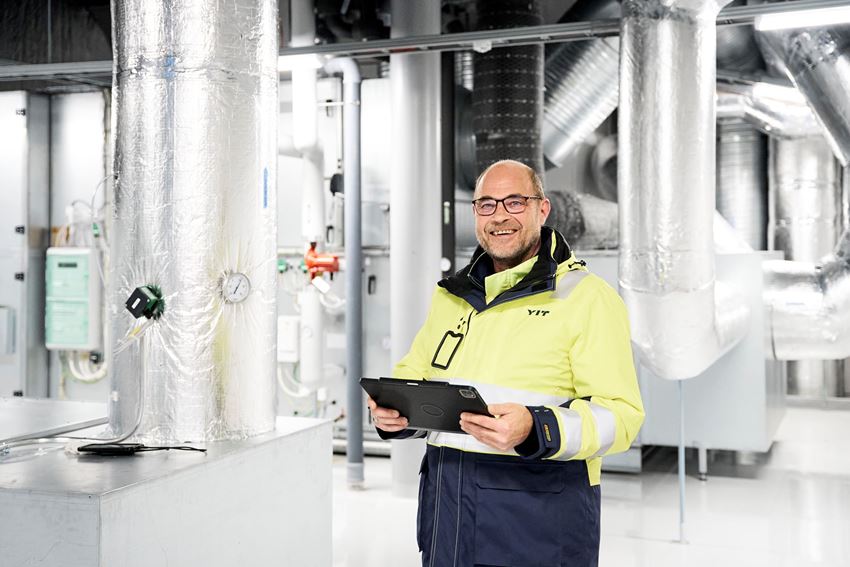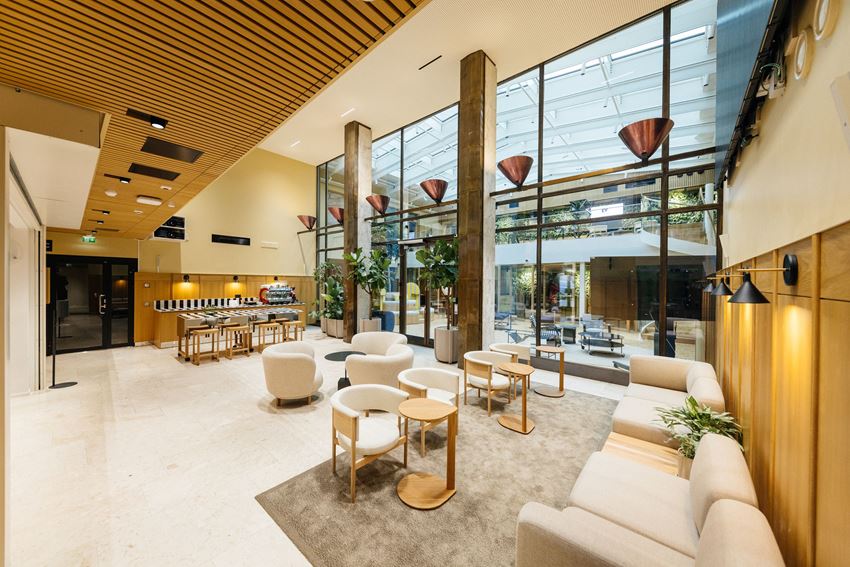Sustainable data centers as a service
When designing Tripla, one of our cornerstones was conversion flexibility as it is vitally important for any shopping centre.
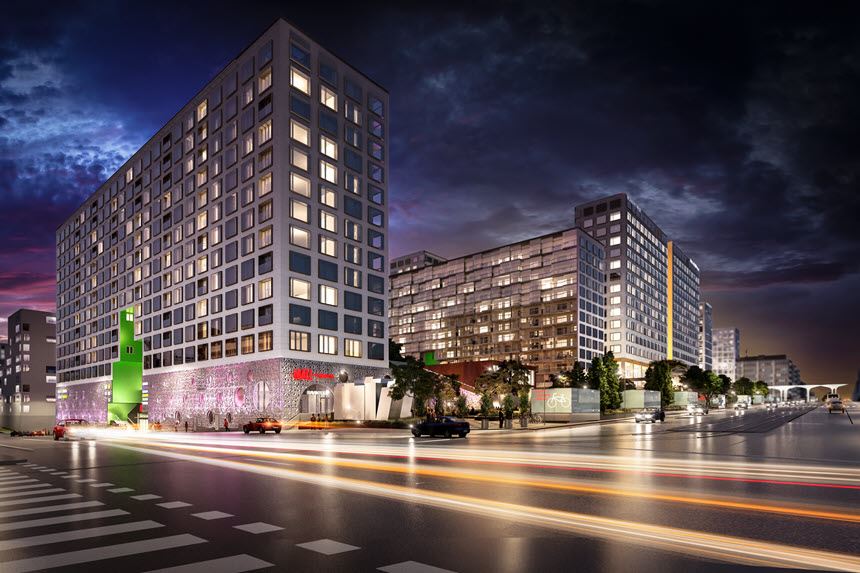
Not everyone finds contemporary architecture pleasing, and people often wonder why we cannot construct beautiful buildings reminiscent of “the old styles”. In addition to aesthetics, construction is influenced by various practical reasons, such as the available materials, supply chains, factories, ecological viewpoints and, of course, the regulations and political decisions guiding construction processes.
Practicality is used to guide not only residential construction but also the construction of large shopping centres and business premises. As an example, Vice President Pirjo Aalto, Director of Commercial Development at YIT, uses the Mall of Tripla, completed last autumn. Styled as a tribute to the visual look of Pasila in the 1960s and 1970s, Tripla is the largest shopping centre in the Nordic countries in terms of the number of businesses.
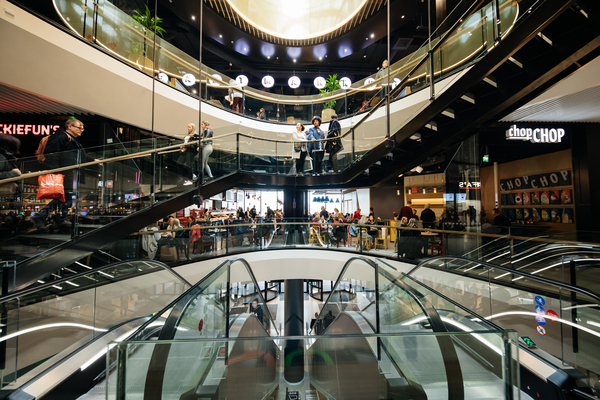
“When designing Tripla, one of our cornerstones was conversion flexibility as it is vitally important for any shopping centre. Conversion flexibility allows the expansion of business premises by dismantling both walls and ceilings. The structures need to withstand new escalators, for example, and due to ventilation, the building systems cannot get confused as a result of changes to business premises.”
According to Aalto, various business segments, such as restaurants and beauty and wellness services, have not been sufficiently taken into consideration in the design of previously constructed shopping centres as such segments require larger air volumes than other operations.
“As a result, companies have been forced to make investments of up to tens or even hundreds of millions of euros to improve the technical building systems in recent years.”
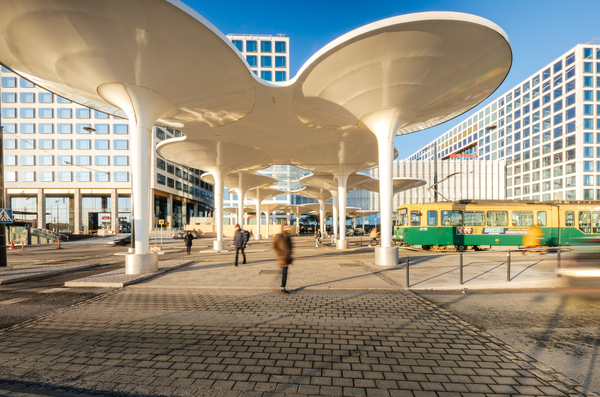
For Tripla, contemporary architecture and technology have enabled an incredible number of new services and features.
“People often think of architecture in terms of facades, even though the interior solutions are usually what counts. Traditionally, shopping centres have one street level. Tripla has four street levels as there are entrances from four different floors. This evens out the flow of customers, makes it easy to move around and brings all the shops closer to the customers.”


